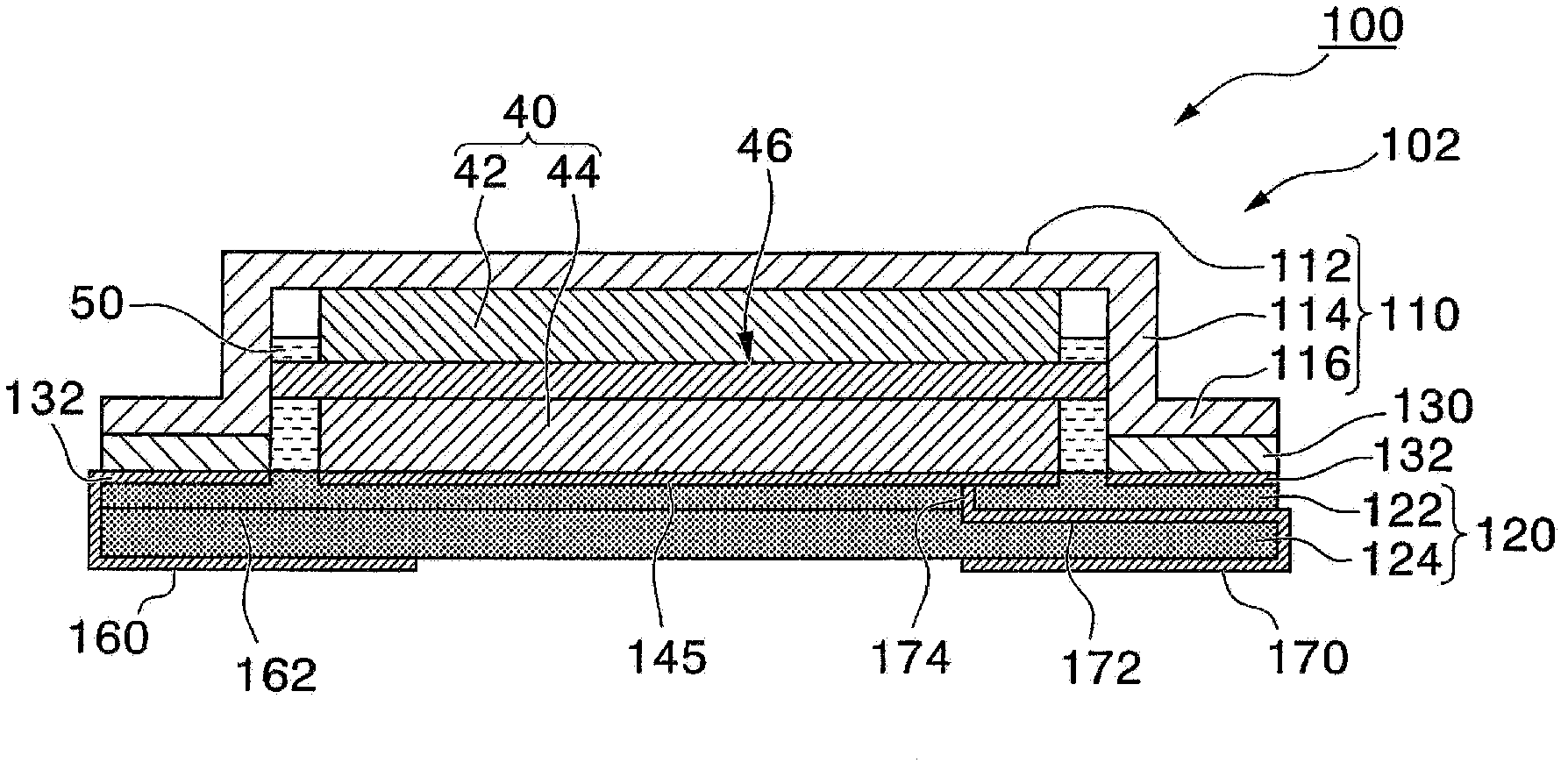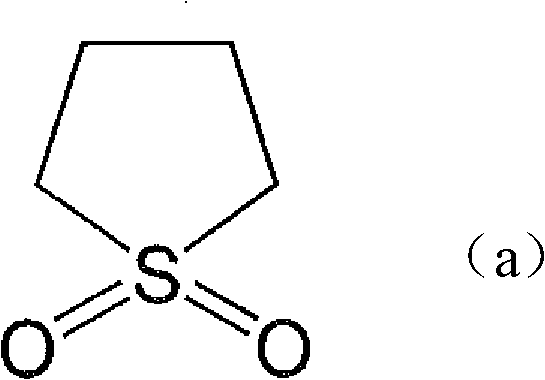Electrolytic solution for electric double layer capacitor, electric double layer capacitor using the same, and manufacturing method therefor
A technology of electric double layer capacitors and manufacturing methods, applied in the direction of hybrid/electric double layer capacitor manufacturing, hybrid capacitor electrolytes, electrolytic capacitors, etc., can solve problems such as difficult long-term storage, use, polarizable electrodes or electrolyte degradation, etc., To achieve the effect of stable quality
- Summary
- Abstract
- Description
- Claims
- Application Information
AI Technical Summary
Problems solved by technology
Method used
Image
Examples
Embodiment 1-1
[0147] Mix sulfolane (in the table, described as SL): dimethyl sulfone (in the table, described as DMS) = 8: 2 (mass ratio) to obtain a non-aqueous solvent, and SBP-BF 4 Dissolve in the non-aqueous solvent as a supporting electrolyte so that the supporting electrolyte concentration is 1.5mol / dm 3 , so as to prepare the electrolyte.
[0148] Using the resulting electrolyte, make the following with figure 1 The electric double layer capacitor shown is the same as the electric double layer capacitor.
[0149] Commercially available activated carbon (specific surface area: 1900m 2 / g, pore volume: 0.85cm 3 / g, the proportion of tiny pores: 4%, the proportion of medium pores: 95%, the number average particle size: 12μm (measured by laser mode)) into a sheet with a thickness of 0.25mm ± 0.05mm, and cut it into 1.7 mm×1.0 mm sheet, the sheet was used as a positive electrode side electrode and a negative electrode side electrode. The negative electrode side electrode was bonded t...
Embodiment 1-2
[0157] Except that the water solvent is sulfolane:methylethylsulfone (EMS)=8:2 (mass ratio), an electric double layer capacitor was obtained by the same method as in Example 1-1, and the low-temperature capacity retention ratio was obtained.
Embodiment 2-1
[0165] except SBP-BF 4 The concentration is 1.0mol / dm 3 Otherwise, an electric double layer capacitor was obtained in the same manner as in Example 1-2. Ten obtained electric double layer capacitors were stored at 60° C. for 20 days after applying a voltage of 3.3 V in a 70° C. environment. In an environment of 24° C., the electric double layer capacitor was discharged to a voltage of 2.0 V at a constant current of 5 μA to obtain a discharge capacity, and the average value thereof was defined as the high-temperature capacity. The high-temperature capacity retention rate was calculated from the obtained high-temperature capacity and the separately obtained initial capacity by the following formula (III).
[0166] High temperature capacity maintenance rate (%) = high temperature capacity ÷ initial capacity × 100...(III)
PUM
 Login to View More
Login to View More Abstract
Description
Claims
Application Information
 Login to View More
Login to View More - R&D
- Intellectual Property
- Life Sciences
- Materials
- Tech Scout
- Unparalleled Data Quality
- Higher Quality Content
- 60% Fewer Hallucinations
Browse by: Latest US Patents, China's latest patents, Technical Efficacy Thesaurus, Application Domain, Technology Topic, Popular Technical Reports.
© 2025 PatSnap. All rights reserved.Legal|Privacy policy|Modern Slavery Act Transparency Statement|Sitemap|About US| Contact US: help@patsnap.com



